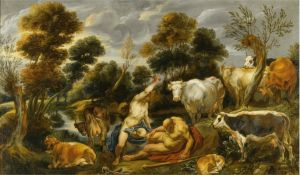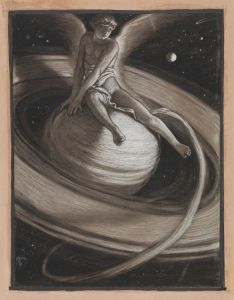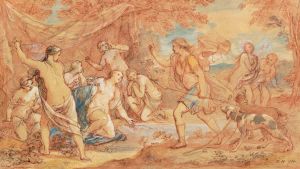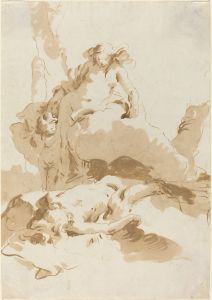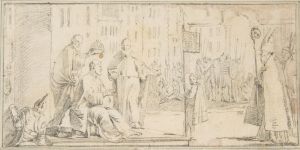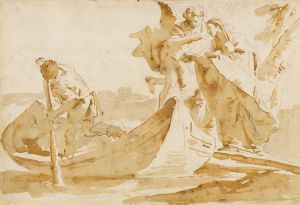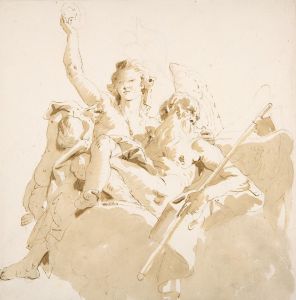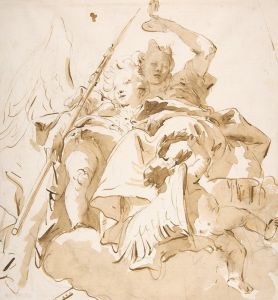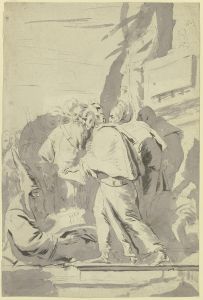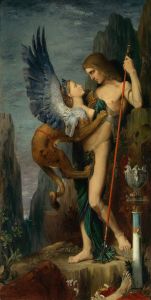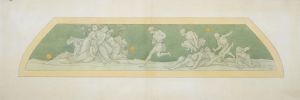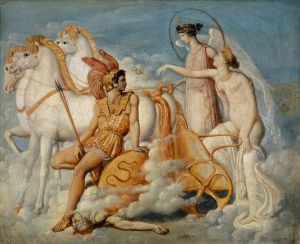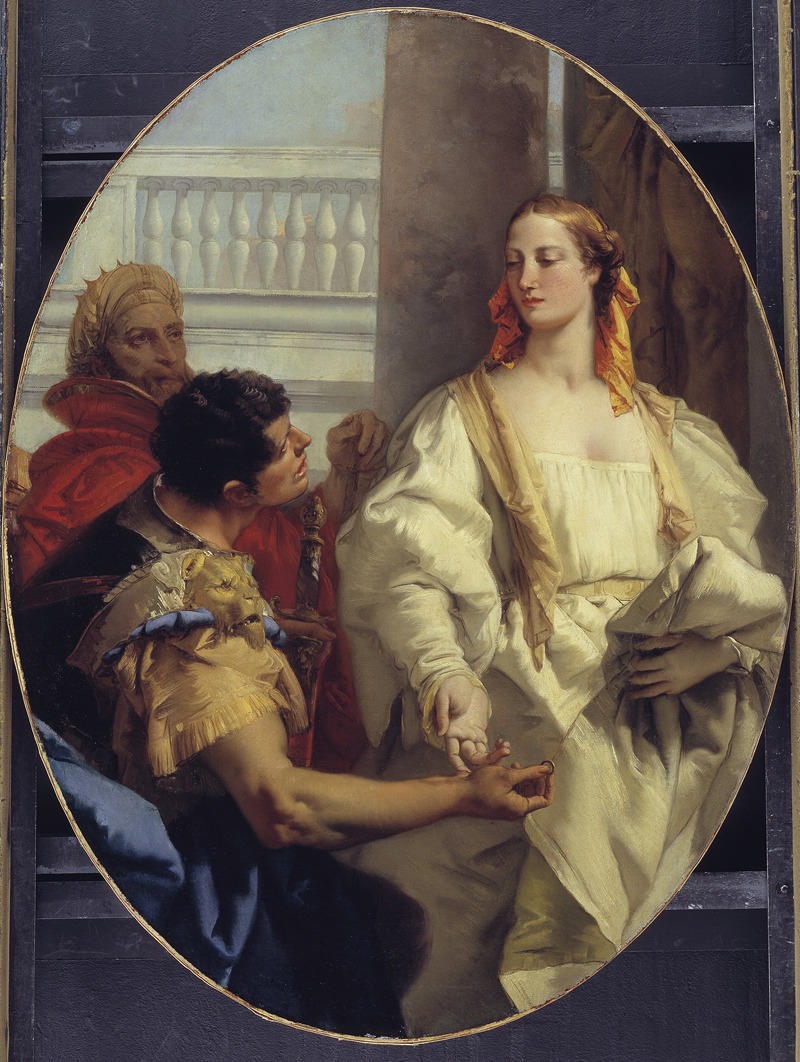
Latinus Offering his Daughter Lavinia to Aeneas in Matrimony
A hand-painted replica of Giovanni Battista Tiepolo’s masterpiece Latinus Offering his Daughter Lavinia to Aeneas in Matrimony, meticulously crafted by professional artists to capture the true essence of the original. Each piece is created with museum-quality canvas and rare mineral pigments, carefully painted by experienced artists with delicate brushstrokes and rich, layered colors to perfectly recreate the texture of the original artwork. Unlike machine-printed reproductions, this hand-painted version brings the painting to life, infused with the artist’s emotions and skill in every stroke. Whether for personal collection or home decoration, it instantly elevates the artistic atmosphere of any space.
"Latinus Offering his Daughter Lavinia to Aeneas in Matrimony" is a painting by the renowned Italian artist Giovanni Battista Tiepolo, created in the 18th century. Tiepolo, known for his grand historical and mythological scenes, was a prominent figure in the Venetian school of painting. His works are celebrated for their dynamic compositions, vibrant colors, and dramatic use of light and shadow.
This particular painting depicts a scene from Virgil's epic poem, the "Aeneid," which tells the story of Aeneas, a Trojan hero and a central figure in Roman mythology. The narrative follows Aeneas's journey after the fall of Troy, leading to his eventual settlement in Italy, where he becomes an ancestor of the Romans. The scene illustrated by Tiepolo captures a pivotal moment in the epic: King Latinus offering his daughter Lavinia's hand in marriage to Aeneas.
In the painting, Tiepolo masterfully conveys the grandeur and significance of this union, which symbolizes the merging of Trojan and Latin bloodlines, ultimately leading to the foundation of Rome. The composition is characterized by its dynamic arrangement and the expressive gestures of the figures, which are typical of Tiepolo's style. The artist's use of light enhances the drama of the scene, drawing attention to the central figures of Latinus, Lavinia, and Aeneas.
Tiepolo's ability to depict complex narratives with clarity and elegance is evident in this work. The figures are rendered with a sense of movement and emotion, capturing the tension and anticipation of the moment. Latinus is often portrayed as a regal and authoritative figure, while Lavinia is depicted with grace and poise. Aeneas, the hero of the story, is shown with a sense of determination and destiny.
The painting reflects Tiepolo's skill in combining classical themes with the artistic trends of his time. His work was influenced by the Baroque tradition, which emphasized dramatic intensity and grandeur. Tiepolo's paintings often feature elaborate architectural settings and a rich palette, both of which are present in this work.
"Latinus Offering his Daughter Lavinia to Aeneas in Matrimony" is housed in a significant art collection, where it continues to be appreciated for its artistic and historical value. Tiepolo's interpretation of this mythological event not only showcases his technical prowess but also his ability to bring ancient stories to life with vivid imagination and emotional depth.
The painting remains an important example of Tiepolo's contribution to the art world, illustrating his mastery of narrative painting and his ability to capture the essence of classical literature through visual art. It stands as a testament to the enduring appeal of mythological subjects in art and the skill of one of Italy's most celebrated painters.





